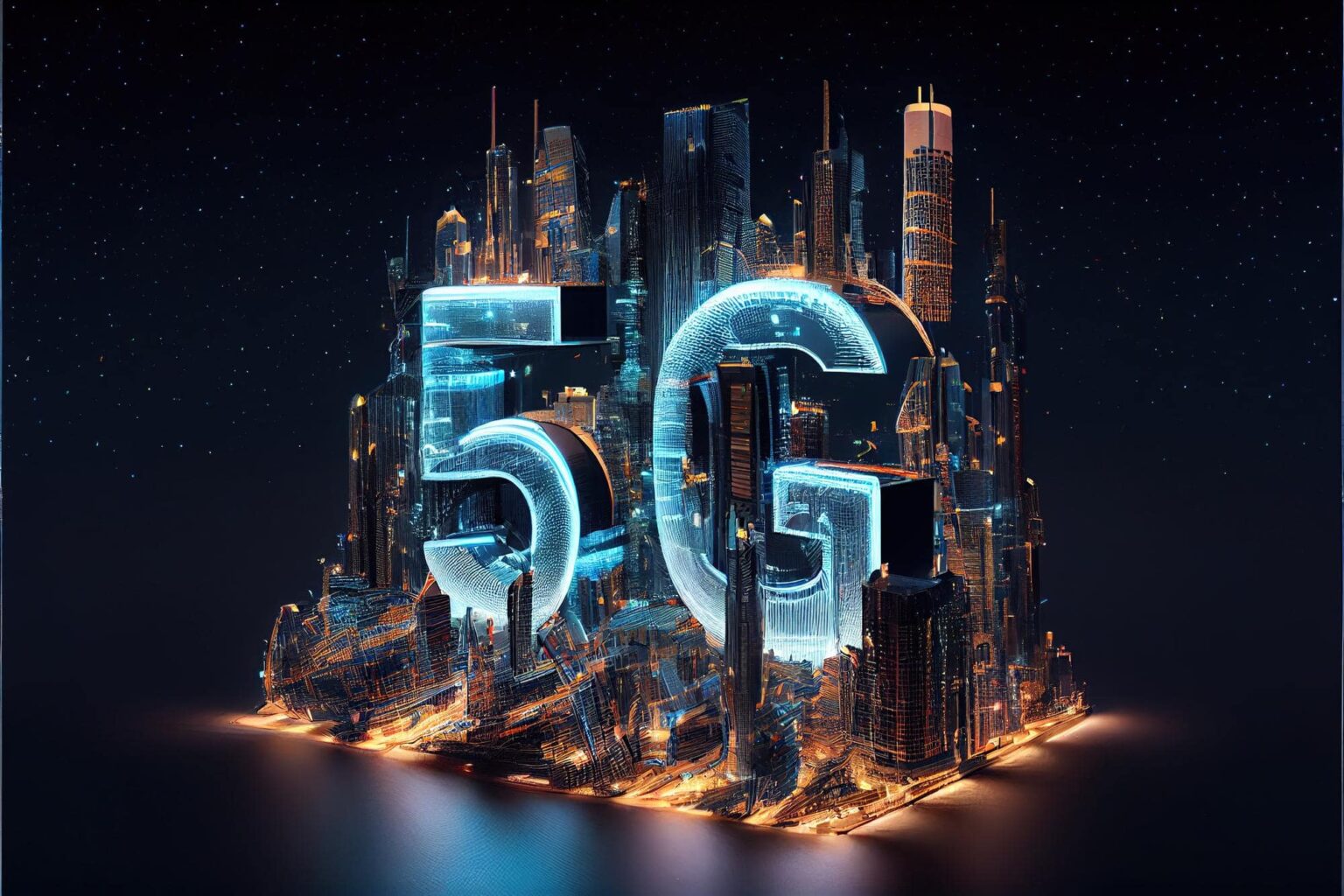The advent of 5G technology has significant implications for the advancement and widespread adoption of AR (Augmented Reality) and VR (Virtual Reality). With its high-speed, low-latency, and increased network capacity, 5G unlocks new possibilities for delivering seamless, immersive, and high-quality AR/VR experiences. Here are the key impacts of 5G on AR/VR:
- Low Latency: 5G networks offer ultra-low latency, reducing the delay between user interactions and system responses. This near-real-time responsiveness is crucial for AR/VR applications, as even slight delays can break the immersion and hinder user experiences. With 5G, AR/VR interactions become more seamless, precise, and natural, enhancing the sense of presence and enabling more interactive and engaging experiences.
- Higher Bandwidth: 5G provides significantly higher bandwidth compared to previous generations of wireless networks. This increased capacity allows for the transmission of large amounts of data required for AR/VR applications, such as high-resolution video, 3D models, and complex spatial mapping. Higher bandwidth enables more detailed and realistic visualizations, leading to more immersive and compelling AR/VR experiences.
- Edge Computing: 5G networks, coupled with edge computing capabilities, bring computing resources closer to the end-users. This distributed computing architecture reduces latency by processing data and executing computations at the network edge rather than relying on remote servers. In AR/VR, this means faster rendering, quicker content delivery, and more efficient processing of complex algorithms, resulting in smoother and more responsive experiences.
- Multi-User Collaboration: 5G supports the simultaneous connectivity of multiple devices, enabling seamless collaboration in AR/VR environments. Multiple users can interact, communicate, and share experiences in real-time, regardless of their physical locations. This capability is valuable for applications like remote teamwork, virtual meetings, and social interactions, where users can collaborate and engage with one another in shared virtual spaces.
- Mobile AR/VR: 5G’s high-speed connectivity and low latency are particularly beneficial for mobile AR/VR experiences. With 5G-enabled devices, users can access and stream high-quality AR/VR content on the go, without being tied to a Wi-Fi connection. This mobility unlocks new use cases for AR/VR, such as location-based augmented reality games, immersive training applications, and on-the-fly virtual tours.
- Cloud-Based AR/VR: 5G networks complement cloud-based AR/VR solutions by providing the necessary bandwidth and low latency required for streaming content from remote servers. With 5G, users can access vast libraries of AR/VR content hosted in the cloud, eliminating the need for storing and processing large datasets locally. This enables lightweight, device-agnostic experiences, expanding the accessibility of AR/VR to a broader range of devices.
- Remote Rendering: 5G facilitates remote rendering in AR/VR applications, where computationally intensive rendering tasks are offloaded to powerful servers. The rendered frames are then streamed to the user’s device in real-time. This approach reduces the processing power requirements of mobile devices, making AR/VR experiences more accessible to a wider range of devices with varying computing capabilities.
- IoT Integration: 5G’s ability to connect massive numbers of devices simultaneously opens up opportunities for seamless integration with IoT (Internet of Things) devices. AR/VR applications can leverage IoT data, such as real-time sensor readings or environmental data, to create context-aware and interactive experiences. For example, combining AR/VR with IoT sensors can enable users to visualize and interact with real-time data within their virtual environments.
The introduction of 5G technology significantly enhances the potential of AR/VR, enabling low-latency, high-quality experiences that were previously limited by network constraints. The combination of 5G’s



